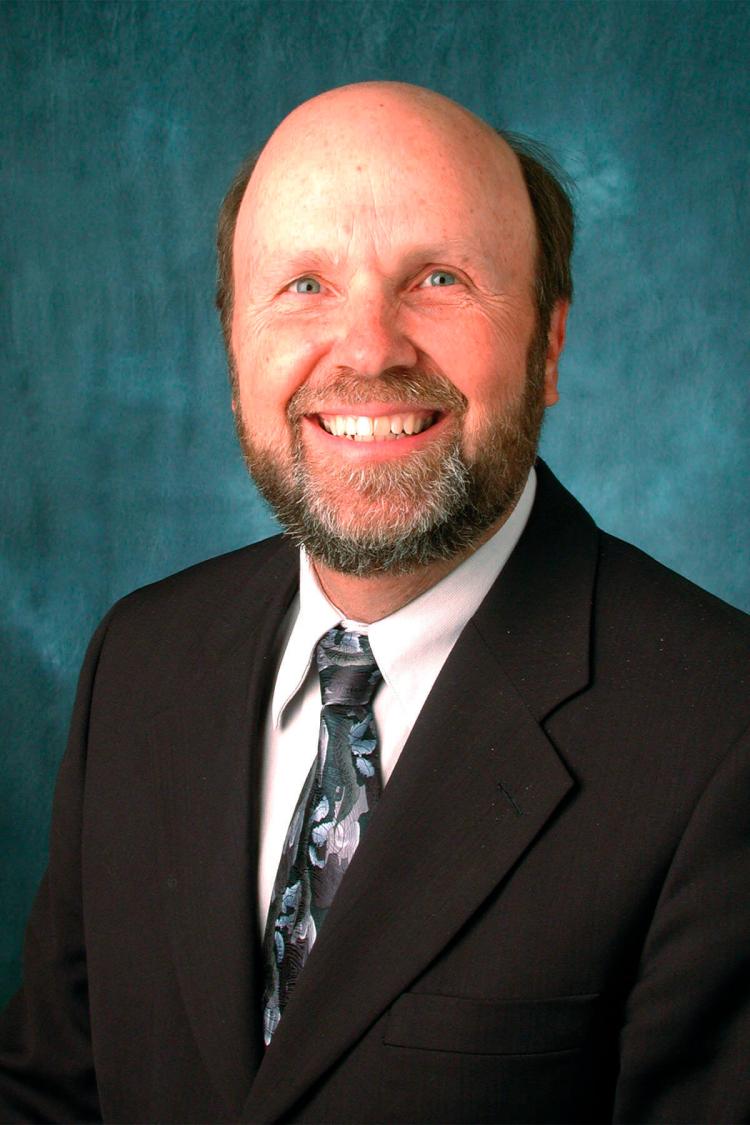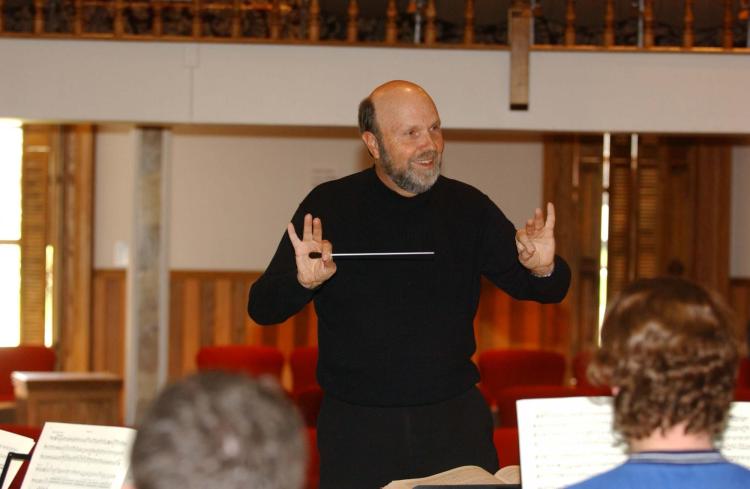Collaboration

In that little book, Walter dispelled the notion that a conductor must be a tyrant (as many of his peers believed) and eloquently described his relationship with music and with those who make music. He described his craft as “creating a spiritual communion.” His words reminded me of the musical experiences that had been most meaningful to me and to this day resonate as a reason that we teach music, make music and listen to music.
Fast forward to 1978, when I joined the faculty of the College of Music. Creating and participating in musical growth with faculty and students became the fuel for 35 years of exciting collaborations.
The community of artists and scholars at the College of Music understands and desires musical connections. And with those connections come listening, anticipating, reacting, leading, following, adjusting and communicating. Students at the College of Music must listen to each other and must seek unity of style, pitch and tempo before the beauty of their music is delivered without distraction. And the example for this awakening comes from the faculty.
In my third of a century at CU, I was awakened by magical performances from faculty artists who collaborated with me and the ensembles I conducted, as well as faculty composers who entrusted us with premieres of their masterful creations. But it was not just College of Music students, faculty and staff who sought a connection: Non-music majors also participated in countless hours of dedicated rehearsal and performance, not because it was part of their curriculum, but because the opportunity to make music was a requirement of their life.
Music needs collaboration. It needs people to share in a passionate commitment to informed listening and informed intuition in real time. It needs diverse points of view that agree to create “spiritual communion” in service to an artistic representation of imagination in sound. It needs historians to study where we came from and how music was conceived; it needs theorists to study and reveal the language of music; it needs composers who create new sounds in new ways; it needs performers on every instrument and every voice who bring the printed page to life while revealing their own musical DNA; and it needs recording engineers who capture the fleeting moment of beauty and save it for future audiences.
For a century, the College of Music has inspired a community of artists who celebrate the humanity within us all. And it has been one of the great honors of my life to contribute to this community with students who have enriched my life with their relentless pursuit of artistry.



